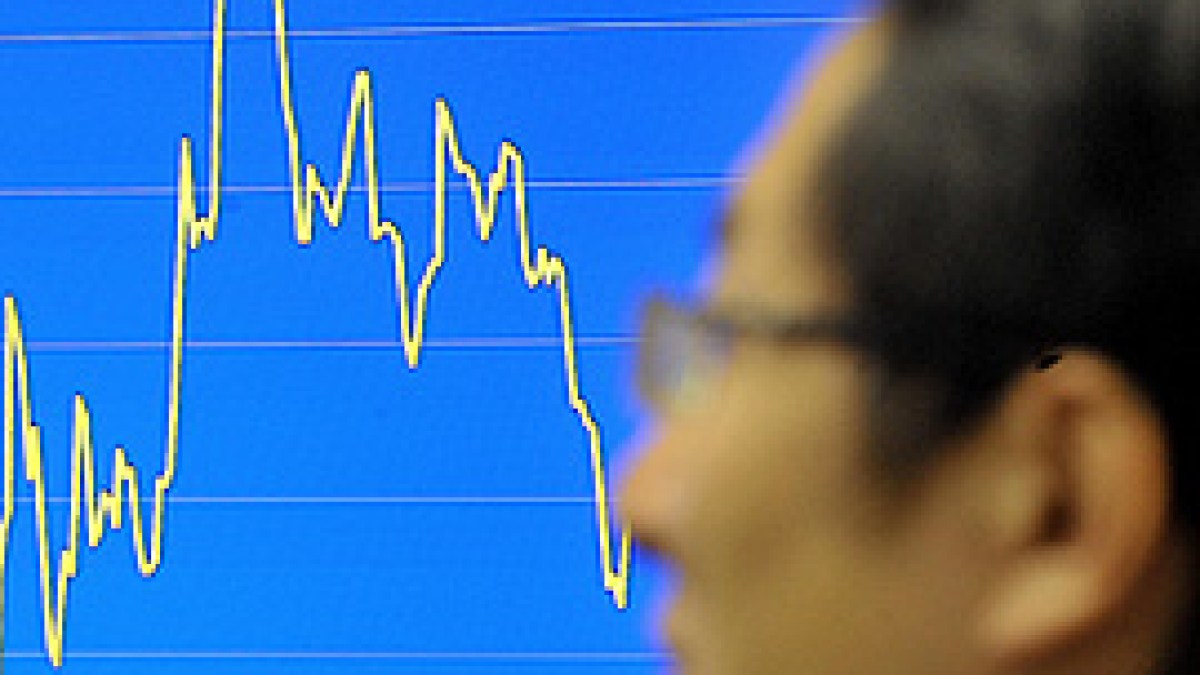It has begun.
At 12.01 pm East (04:01 GMT) Wednesday, the « Reciplocked » Commercial Rates of the President of the United States, Donald Trump 104 percent Levy on the goods he sells in the United States.
Even when Washington moved to Negotiations begin With other business partners, new taxes in Beijing mean anything that the United States imports from China to cost more than double what it did two months ago. In response, China quickly raised its North -American rates to 84 percent.
Stock markets have nasted Since the announcement of the North -American rates last week in dozens of countries, as investors have been able to fall for what is now a world trade war.
Trump has long accused other countries, especially China, of exploiting the United States in trade, to launch its protectionist agenda as necessary to resuscitate domestic manufacturing and US jobs.
What is the state of US-XINA rates?
On February 3, Trump imposed an additional 10 percent rate All the goods of ChinaIn addition to several rates covered during the first Trump administration in 2017-2021 and the administration of the former President of the United States, Joe Biden, in 2021-2025.
Then, on March 5, Trump doubled the rate Chinese import up to 20 percent. On April 2, he was raised again another 34 percent, stacking up to 54 percent in total.
Last Friday, on April 4, China announced a 34 percent reciprocal rate to North -American imports.
Trump increased the temperature again threatening more rates unless Beijing removed his taxes on North -Americans.
« If China does not withdraw its 34 percent increase above its long -term commercial abuse on April 8, 2025, the United States will impose additional rates on China of 50%, from April 9, » Trump « , Trump », Trump, « Trump », Trump. » he said on its true social platform on Monday.
As the hours were marked, Trump became confident that Beijing would sink. « China also wants to make an agreement, but they do not know how to start, » the United States President wrote in a social media post. « We are waiting for your call. It will pass! »
He did not. Instead, Beijing on Wednesday raised his rate on North -Americans up to 84 percent.
What has China said in response to Trump’s rates?
Announcing his last round of rates to North -American exports on April 9, the China Ministry of Commerce said that Beijing « has the firm will and the abundant means to take the necessary measures and to fight to the end. »
« History and facts have shown that the increase in US rates will not solve their own problems, » says the statement of politics.
« Instead, it will trigger strong fluctuations in financial markets, promote the pressure of inflation of the United States, weaken the US industrial base and increase the risk of an economic recession in the United States, which will ultimately only occur against.
In a statement the day before, on April 8, the Ministry of Commerce also made combative openings, saying that Washington’s actions were « completely without base » and a form of economic bullying.
Beijing defensive Its reciprocal rates and said that they aimed to safeguard « sovereignty, China’s security and development interests », as well as maintaining an international trade market balanced.
Any other place, China’s spokesman for Foreign Affairs, Lin Jian, said that « we are the Chinese we are not a problem, but we will not surround ourselves when there is problems. »
How will the rates affect the economy of China?
Despite increasing tensions between the United States and China, Washington and Beijing are still main commercial partners.
According to the United States Trade Representative Office, imported America 438.9 million dollars in Chinese goods last year.
This is about 3 percent of the total gross domestic product of China (GDP), which is very dependent on exports.
In a report shared with customers on Tuesday, Goldman Sachs said that he hopes that Trump’s last rates would drag China’s GDP up to 2.4 percent.
The Investment Bank provides for 4.5 percent growth this year, citing the concern that China’s proven tactic to divert exports through countries such as Vietnam and Thailand, to prevent United States’ rates, will be less effective now that Trump has erected world -class commercial barriers.
This 4.5 percent is lower than the official growth objective of the Chinese government of 5 percent by 2025.
UBS analysts are even more pessimistic: they have said that Trump’s tariffs could reduce China’s economic growth rate to 4 percent by 2025.
China’s economy has already been growing at a slower rate than when Trump took office. The last trade war comes when China struggles with deflation, a real estate market affected by the crisis and high levels of debts.
In 2018, when Trump launched his first trade war against China, Beijing’s official figure was 6.6 percent.
How did Beijing respond so far?
Al Jazeera’s Beijing correspondent, Katrina Yu, says Chinese officials are working to protect the shocks on the stock market.
« The Government has the ability to intervene strongly, » Yu said.
The Prime Minister of China, Li Qiang, said that the government is « fully capable of covering against adverse external influences. »
The same day, several public investment companies, such as Chengtong and Huijin, pledged to increase capital investments and Stem financial market sales.
Yu said that the Chinese bags have worked better than elsewhere in Asia.
The SSE composite index of SSE recorded 1.1 percent gains on Wednesday, while Shenzhen’s composite increased by 2.2 percent. In the meantime, Japan’s Nikkei Index closed 3.9 percent.
« The government (Chinese) seeks to stabilize the stock market. It seems to be working so far, but the investors here … some are still very restless, » said Yu.













Leave a Reply